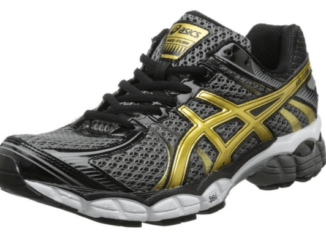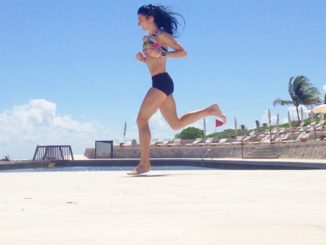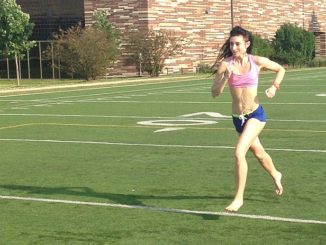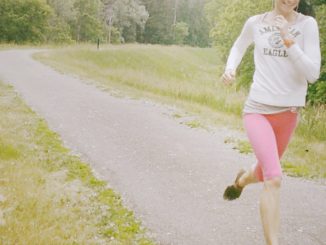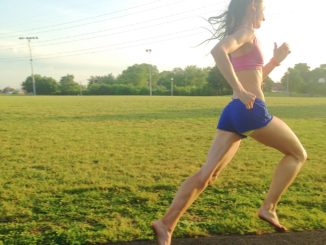
What Are the Disadvantages of Barefoot Running?
The only disadvantage of barefoot running is blistering which is attributed to doing too much barefoot running too soon. The best approach to barefoot running is an incremental one, starting off by running barefoot for 1 minute then walking barefoot, and repeating this interval according to your tolerance level. If you do get a blister, the next best alternative to barefoot running is minimalist footwear, which does an equally excellent job at helping you move away from heel strike running, and instead, helps you easily adopt a forefoot strike tied to less over-striding, better upper body posture, higher cadence and less ground-contact time.

